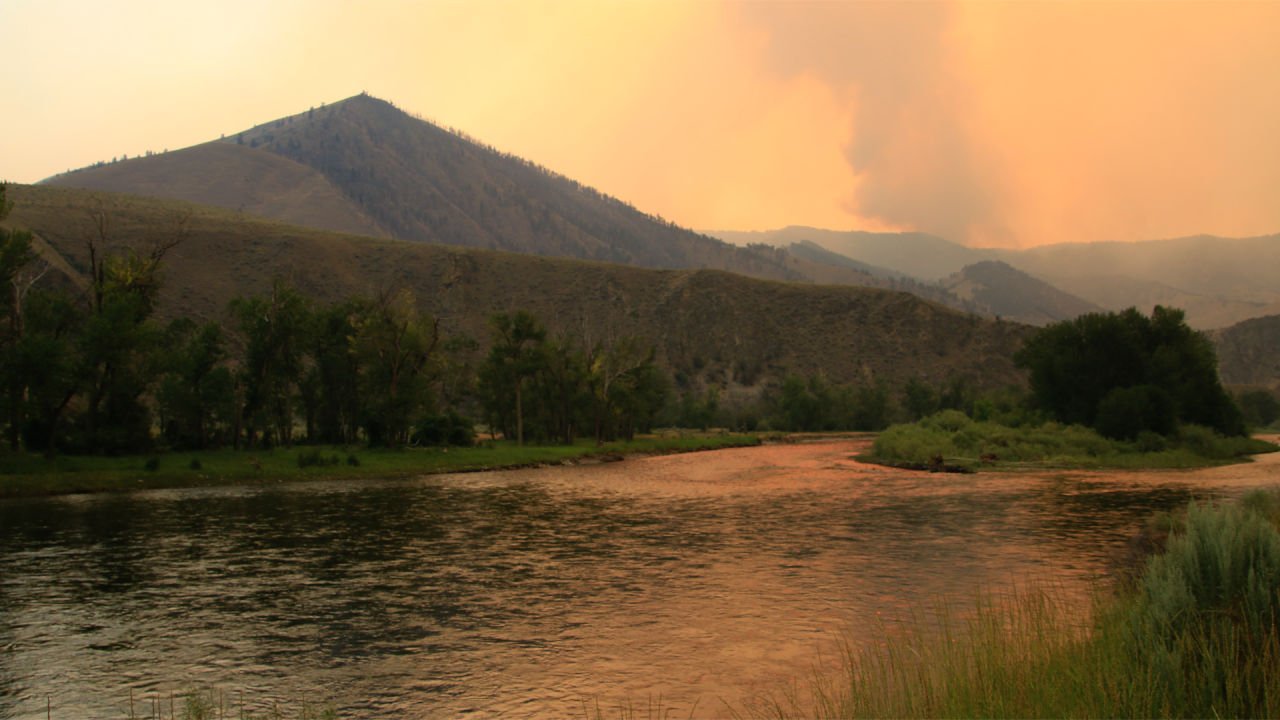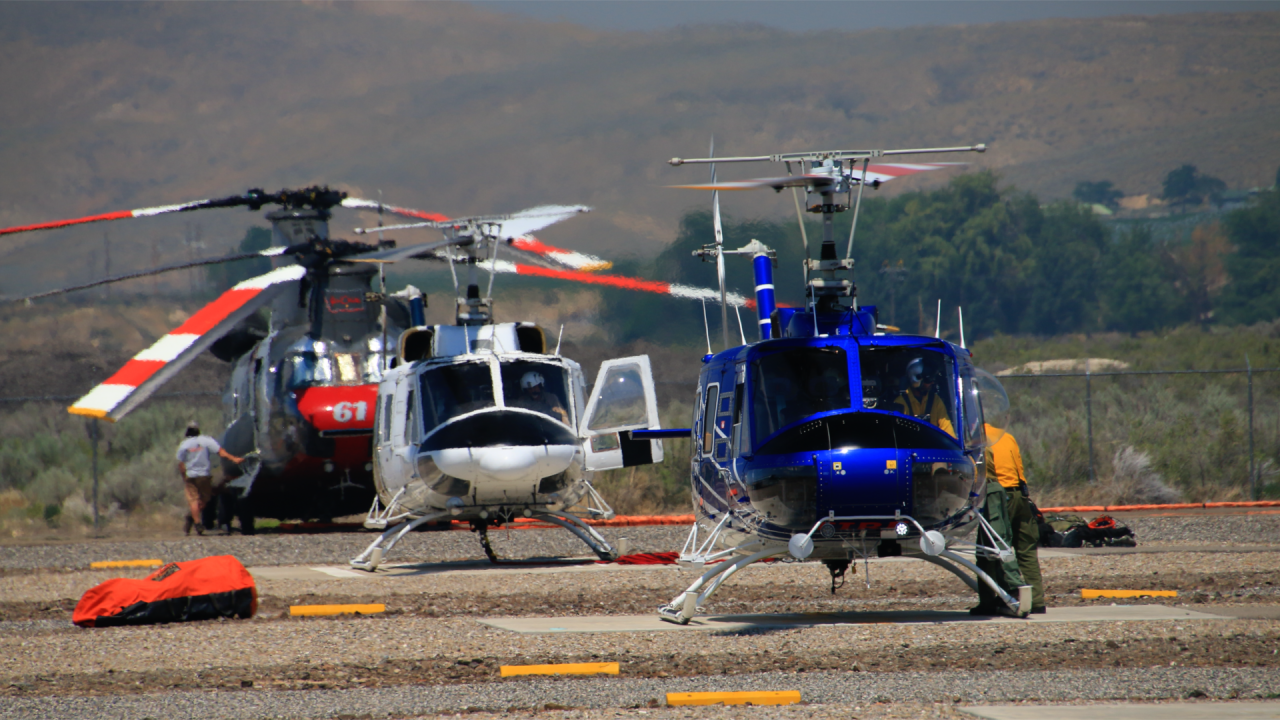SALMON, ID - Conditions weren't quite as severe on Wednesday as they had been earlier in the week.
But crews are still struggling to get some measure of control on the big Moose Fire burning on both sides of the valley.
The blaze continued to be very active Wednesday afternoon on the southeastern flank of the fire, showing that this work is going to continue for weeks to come."
The fire, which erupted over the weekend between North Fork and Shoup has climbed quickly out of the valley itself and is now burning an increasingly large circle on the mountains and ridges on the north and south side of the river.
But more horsepower arrived Wednesday with an elite Type 1 team.
"It's the Great Basin Type 1 Team 2 that's working on this fire," Public Information Officer Tim Webb told MTN News Wednesday. "But a lot of support from all kinds of agencies, local fire departments and so on. So we're all working together to get the job done. But it's going to be a while. We're in it for the long haul."
Morning inversions are allowing smoke to build, suppressing fire activity. But when the wind kicks up in the afternoon, the burn is sending smoke thousands of feet into the air, easily visible from Salmon, where firefighters are based.
This fire is being fought in some of the most rugged terrain in the Northern Rockies. So the aerial attack — based at the heli-base in Salmon — is critical to fire suppression.
"It's very difficult terrain in this area," Webb agreed. "We're doing the best we can to get some containment lines started up in some of the areas on the peripheries of the fire. A lot of our focus is on the 93 highway corridor. Lot of traffic here. A lot of recreation. A lot of homes, ranches and so on. So a lot of the focus right now is going to be on this side of the fire."
So far, evacuation orders have been conditional, and responders continue to allow float traffic through, so important to the Salmon economy in mid-summer, along with local residents.
"Locals will be able to go home, leave their homes even after the pilot car is done working for the day," Public Information Officer Marilynn Davis explained. "The pilot car has been working roughly until 4 p.m. But sometimes when the conditions deteriorate we may need to shut it down a little earlier."
Fire appratus is operating all along the Highway 93 corridor, with personnel and equipment and drivers are being asked to slow down, especially with the thick smoke affecting visibility.







